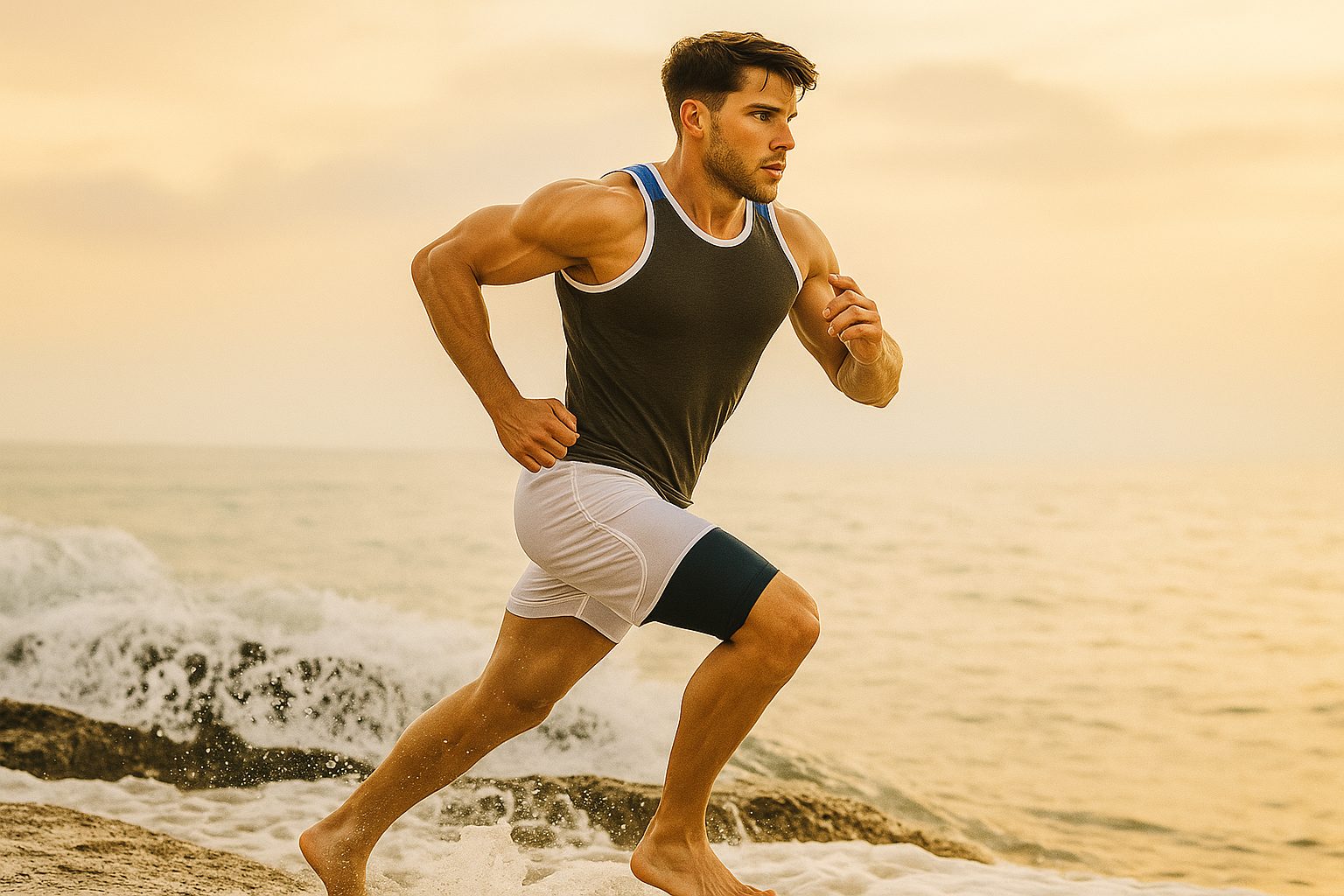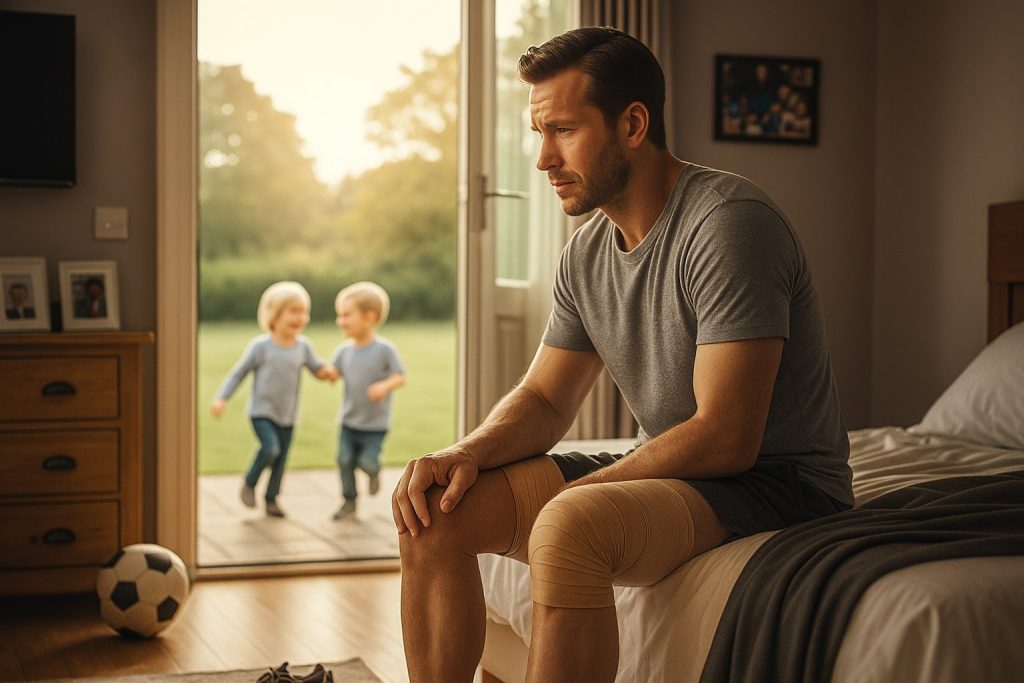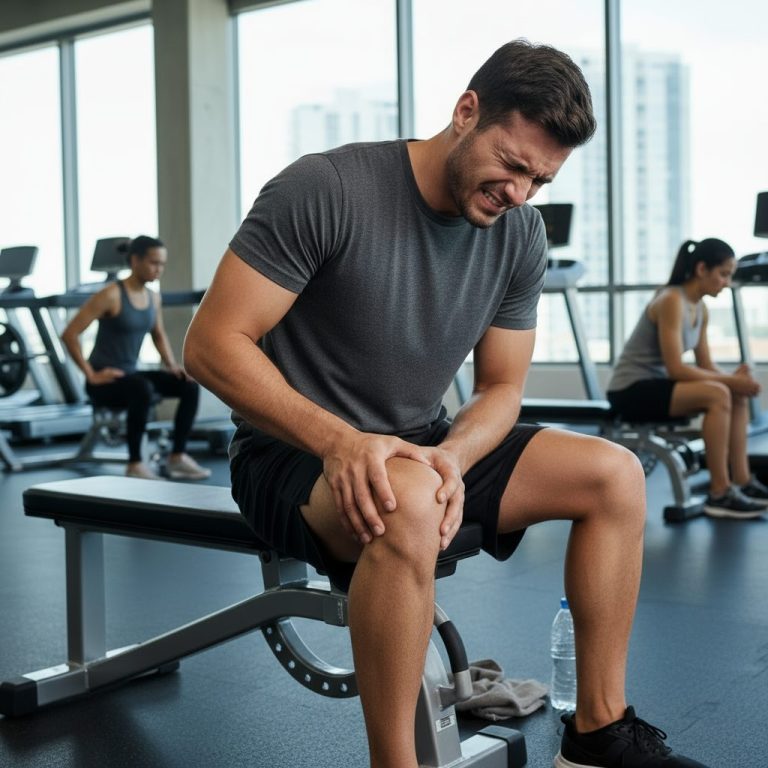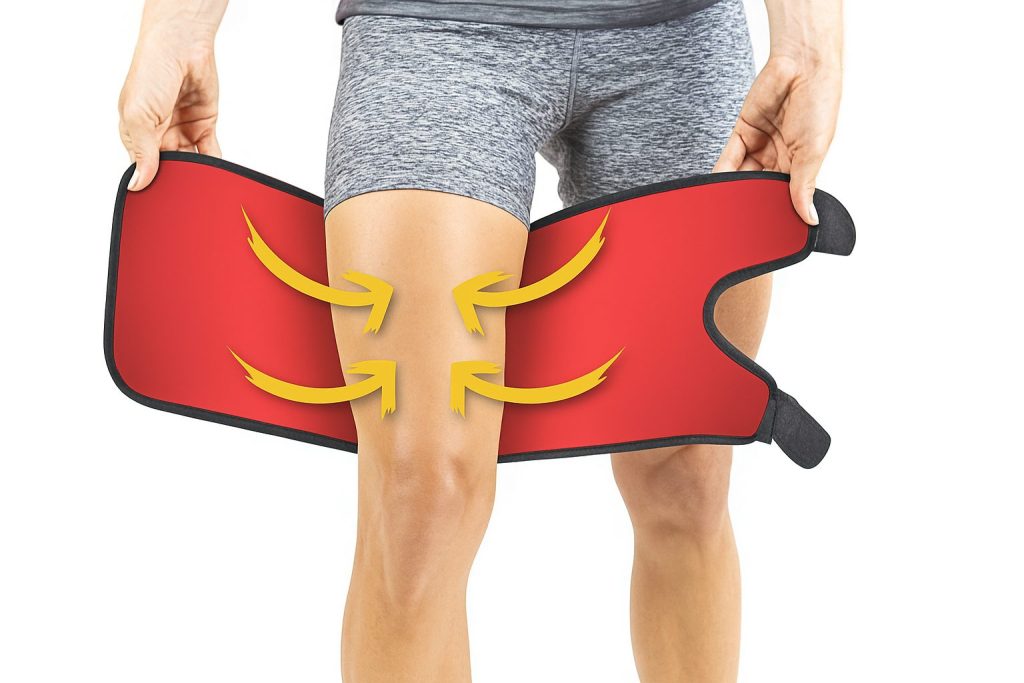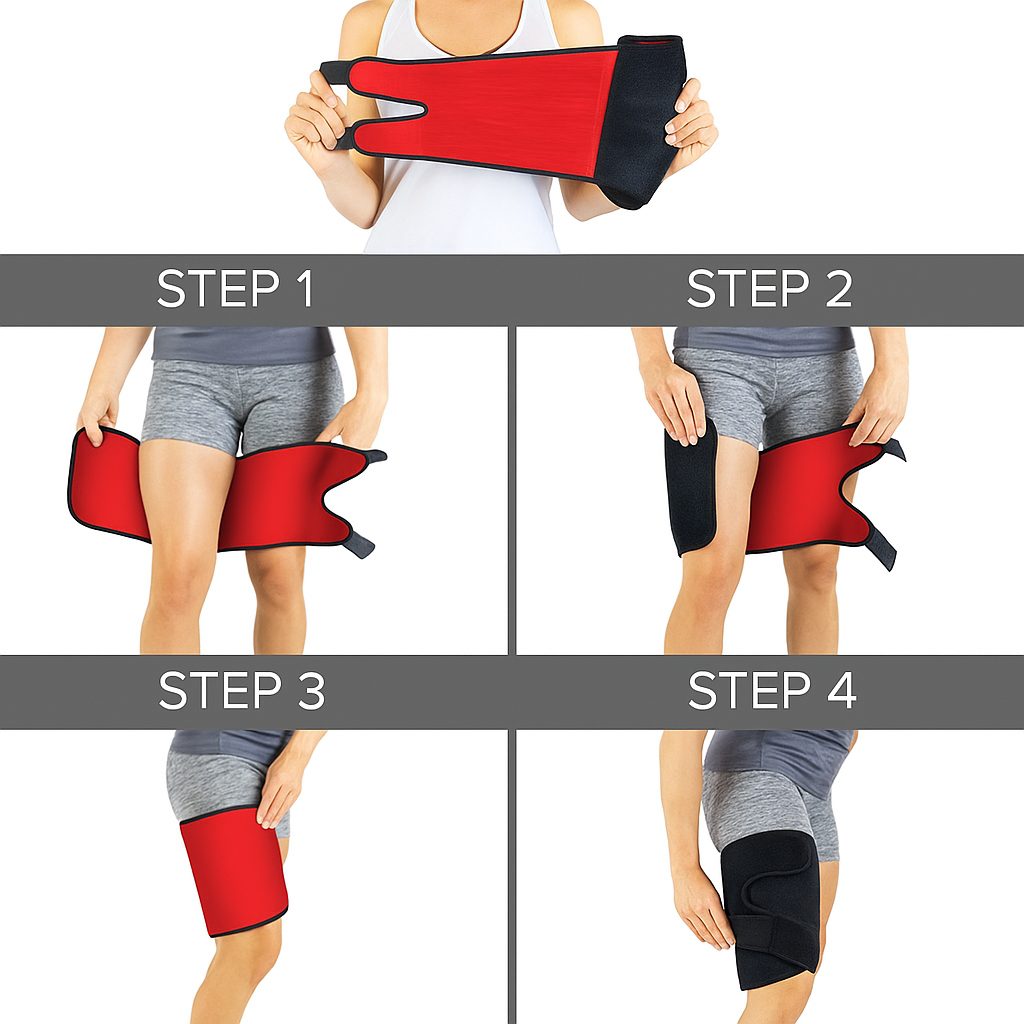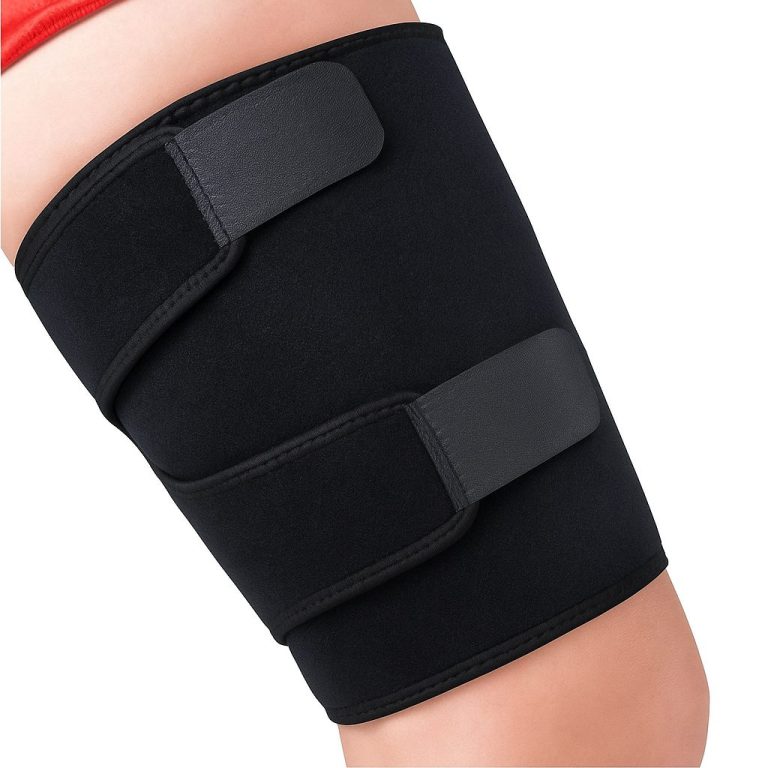🅶🅰🅻🆄🆅
ADVERTORIAL
How I Finally Stopped Fearing Another Hamstring Pull
After months of setbacks, one small change helped me move with strength and trust again.
By William
I’ll never forget the morning I tried to jog after my hamstring injury. Two blocks in, my leg gave out — sharp pain shot up my thigh, and I froze in place as people passed me on the sidewalk. Embarrassed, I limped home, convinced my body had betrayed me. For weeks I avoided stairs, skipped the gym, and even turned down a hiking trip with friends.
That feeling — of being trapped inside your own body — is something I wouldn’t wish on anyone.
I’m William, a 39-year-old weekend runner and dad of two. Running has always been my escape, my way of staying sane in the chaos of work and family life. But when I strained my thigh chasing my son at the park, everything changed. The simplest movements became a reminder of weakness.
I tried stretching, ice packs, and even skipping activity entirely — but the cycle of pain and recovery felt endless. I needed something to hold me together, literally, so I could return to being the energetic, dependable dad and athlete I once was.
The truth is, thigh and hamstring injuries don’t just heal overnight. They’re stubborn, recurring, and often mismanaged. I learned this the hard way.
First, I tried a cheap elastic bandage from the pharmacy. Within minutes of moving, it slid down my leg and bunched up, leaving angry red lines on my skin. Then came an online “compression sleeve” that promised support — but it overheated so badly during a short gym session that I had to peel it off, drenched in sweat. Finally, I went brace-free for a while, convincing myself rest was enough — until one wrong stretch during a work meeting flared the pain all over again.
And it’s not just me. According to the Mayo Clinic, muscle strains are among the most common sports injuries and can take weeks — sometimes months — to fully recover if not properly supported【1】. The Cleveland Clinic notes that hamstring injuries in particular are notorious for recurrence when people return to activity too soon without adequate stabilization【2】. Even the American Academy of Orthopaedic Surgeons (AAOS) stresses that proper compression and support are critical for reducing pain and preventing re-injury in the thigh and groin【3】.
Each failed attempt chipped away at my confidence. I wasn’t just battling pain — I was battling the fear that I’d never trust my body again.
Then, in a late-night rabbit hole of recovery tips, I stumbled upon something different: an adjustable thigh brace support with a simple promise — stability without the slip, compression without the overheating.
I still remember unboxing it: soft yet sturdy neoprene that didn’t smell of chemicals, Velcro straps that felt reassuringly strong, and a sleek design that didn’t scream “medical device.” For the first time, I had hope this wasn’t another throwaway experiment.
Using it was almost embarrassingly simple — and immediately effective. I wrapped it around my thigh, secured the Velcro, and felt a steady, firm pressure lock into place. It didn’t budge, no matter how much I moved.
The breathable neoprene material kept me cool even during a sweaty gym session, unlike those suffocating elastic sleeves. The non-slip interior meant I wasn’t constantly tugging at it mid-run. And because it’s fully adjustable, I could dial in the exact compression I needed — loose for everyday support, tighter for high-intensity training.
It gave me something I hadn’t felt in months: trust. Trust that I could bend, stretch, and push myself without my leg betraying me. The AAOS recommends compression wraps exactly like this one for groin and thigh recovery — and suddenly I understood why. This wasn’t just gear. It was peace of mind in fabric form
I wasn’t the only one who felt this. Online, I found countless athletes — from marathon runners to weekend hikers — sharing stories of returning to activity with the same brace. A trainer at my local gym even recognized it and said, “That’s one of the few supports I actually recommend to clients coming back from hamstring pulls.”
Seeing others put their trust in the same wrap made me feel less alone — like I wasn’t just patching myself up, but stepping into a proven path of recovery.
The shift was subtle but powerful. Instead of dreading the stairs at work, I took them two at a time again. Instead of hesitating at the playground, I chased my son without fear.
The brace didn’t just support my thigh — it supported my confidence. It reminded me that my body wasn’t broken, just healing, and that with the right help, I could keep moving forward.
That reassurance? Priceless.
If there’s one thing I’ve learned, it’s this: recovery waits for no one. I wasted months trying half-measures, and I regret every missed run, every game of tag I sat out, every time I told my kids, “Not today.”
Now, even on busy mornings, I slip on the brace before heading out, knowing it’s got me covered whether I’m lifting at the gym or just climbing playground ladders. It’s become as natural as lacing up my shoes.
So if your thigh, hamstring, or groin has been holding you back — this might be your moment. Don’t wait for another flare-up to remind you what you’re missing. Trust me: once you feel what steady support does for your confidence, you’ll never want to go back.
🅶🅰🅻🆄🆅
Home / Privacy Policy / TERMS + CONDITIONS / COPYRIGHT @2025 GaLuv. ALL RIGHTS RESERVED
DISCLAIMER: THIS IS AN ADVERTISEMENT AND NOT AN ACTUAL NEWS ARTICLE, BLOG, OR CONSUMER REPORT. The content on this site and the story presented are for promotional purposes only. Any experiences or testimonials featured are illustrative and may not reflect the typical results you achieve with these products. This page may receive compensation for purchases made through links on this site. PRODUCT DISCLOSURE: These utensils are not intended to diagnose, treat, or improve any medical condition. They are designed for everyday kitchen use and enjoyment.
